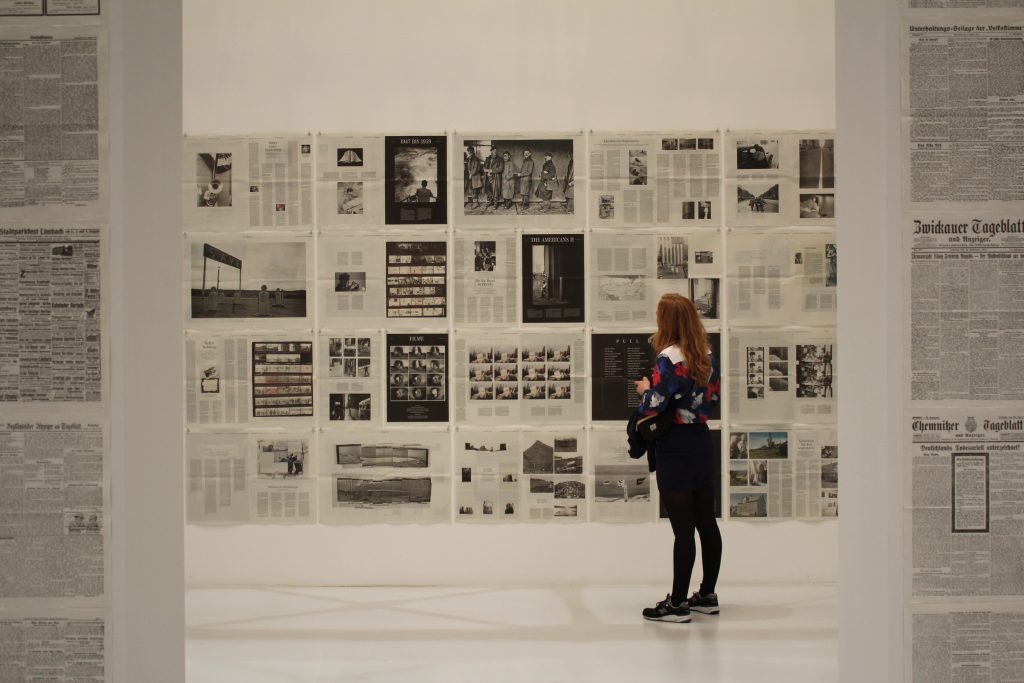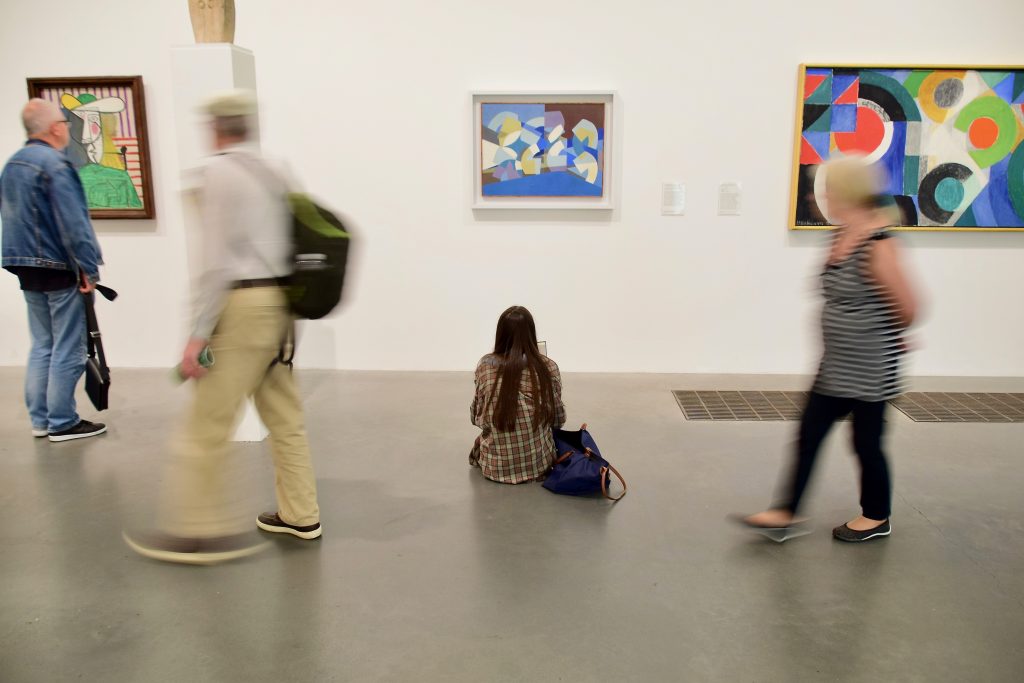(From: Learning to Look at Visual Culture; The Brock University Humanities Blog | Written by: Erin Grayley. Published by:Alison Innes)
Erin Grayley is a second year student in the History of Art and Visual Culture (HAVC) and a volunteer with the Faculty of Humanities’ Social Media Ambassador program. In this blog post, she demystifies what History of Art and Visual Culture is all about and answers some of your questions.
As a second year History of Art and Visual Culture major, I find people are often confused about what I do or what my program even is.
I don’t actually create physical art in class nor do I have any studio-based work but I am considered an art student.
The way I like to describe it is, in the history of art and visual culture program (or as we lovingly refer to it, HAVC) we study the theory behind the art. Just as musicians study musical theory, we study artistic theory.
In HAVC, we focus on many different aspects of images and their effects. Aside from the art history side of things, which dives into art through the ages and work/artists that changed the face of art, visual culture focuses on skills and tools to help understand images and think critically about how we process information though images and art in everyday life.
The question of “what is visual culture” is not easily answered. Visual culture looks at the different ways we can think about visual imagery and how that imagery affects things like society, politics, life today and history, as well as how we interact with the world and the people around us.
In visual culture, we focus on a concept of “the viewer makes meaning” in relation to images and art. The importance of the viewer and how a viewer visually and contextually analyzes an image are important tools. We learn very early in the program how to visually and contextually analyze images and artwork. These skills are the foundation of HAVC and will help students during their program and in many different careers.
HAVC is not strictly related to art, either. It crosses many disciplines and is used by everyone, everyday (sometimes without even realizing it). We are exposed to visual culture everywhere we look. Having the skills to properly articulate ideas about images and critically think about what we are seeing is an important skill for students in any discipline.
I wanted to know what people outside of the HAVC community had to say so I took to Instagram and asked my friends and followers to send me questions about my program and visual culture in general. I’ve picked some of the most asked questions and answered them for you here! The response was amazing and I was so glad so many people took interest in learning more about HAVC.

What’s your favourite class?
It’s hard to pin point which is my favourite, as so many of my classes are interesting and innovative in different ways! However, Visual Culture and the Human Body (VISA 3P52) and Introduction to Contemporary Art (VISA 2P88) are among the most fascinating for me this semester.
What classes are you looking forward to in your program?
As a third year student next year, I will be able to take an independent study course (VISA 3F99) where I will be able to advance my studies in an area of mutual interest with a professor in the Department of Visual Arts. This course allows me to further my research in a specific context that interests me!
How can a student get into studying History of Art and Visual Culture?
The first courses that start you in this major would be VISA 1Q98 (Introduction to Visual Culture) and VISA 1Q99 (Introduction to History of Art). These will give you the resources and prerequisites to take your studies in many different directions within the History of Art and Visual Culture program.
Are there opportunities for abroad studying?
YES! there are many different opportunities to study abroad in this program! Depending on the year, there are different destinations for study, such as Italy and the Mediterranean! Learn more about exchange opportunities on the Brock International website.
What is your favourite part of History of Art and Visual Culture?
My favourite part of the program is definitely the visual culture side. From starting first year not really understanding what visual culture was, to now critically thinking about imagery and how visual images and art can shape the ways we think about the world and others is inspiring! I love what I am able to learn and accomplish in this program. I am inspired to research and create in new ways every day and the endless opportunities I am presented with motivate me to continue studying HAVC!
What possible careers can you pursue with this major?
There are many possibilities with a major in History of Art and Visual Culture. Since this area of study can cross through many disciplines, it can manifest into anything you want it to be. Professions include curatorial work in galleries, arts administration, law, teaching, and writing and publication.

You can find more information about HAVC at Brock on the Department of Visual Arts website.
If you have any further questions or want to speak to a faculty member in HAVC, you can contact Keri Cronin, an Associate Professor in the Department of Visual Arts, at 905 688 5550 x5306 or keri.cronin@brocku.ca.
<< Read the full post by Erin Grayley and other posts by Alison Innes on the Humanities blog. >>
